Description
Anxiety and Panic Disorder: Effective Strategies to Calm the Anxious Mind – Dianne Taylor Dougherty
Do you want to gain powerful techniques for your clients who struggle anxiety and panic disorders? Learn how to assess anxious habits, symptoms and behaviors using effective cutting-edge, evidence-based strategies…even with your toughest clients! Dianne Taylor Dougherty will teach you how to stop the anxiety spiral early to significantly reduce the severity and frequency and anxiety symptoms.
Experience how evidence-based treatments can help your clients problem solve, reduce tension, and increase energy. Learn unique, effective approaches to mindfulness, cognitive therapy, and exposure, including thought-labeling, interoceptive exposure, and better-but-believable thoughts. Case studies, role plays, demonstrations and interactive discussions will be utilized in this cutting-edge recording.
- Innovative strategies using Mindfulness, CBT, Expressive Arts and more
- Stop the anxiety spiral early
- First session interventions for immediate symptom reduction
- Recognize and stop negative reinforcement of anxiety and panic
- Differentiate diagnostically between anxiety and panic disorder in order to improve client assessment and treatment planning.
- Evaluate the relationship between trauma and anxiety disorders; utilize this information to better inform choice of treatment interventions.
- Explore the inverse relationship between anxiety and problem solving; utilize cognitive therapy tools to integrate problem solving skills into the client’s treatment plan.
- Compare the five types of anxiety and develop appropriate treatment interventions for each type.
- Apply mindfulness skills, including mindful labeling and observation, to treat symptoms of anxiety and panic disorder.
- Utilize clinical strategies derived from expressive therapies in order to reduce anxious symptoms and increase energy and awareness in clients.
Anxiety and Panic Disorders
- Definitions and differential diagnosis
- When a client presents with a different problem
- Commonality of conditions
- Evidence – anecdotal and empirical
Physiology of Anxiety and Panic
- Anxiety as trauma response
- Circle of panic
- Behavioral and cognitive operations
- Heritability and brain function
Five Types of Anxiety
- Effective treatment strategies
- Dangers of incorrect assessment
- Assess for negative reinforcement
- Interoceptive exposure for anxiety and panic
Review of Pharmacology
- Implications of current research
- Benzodiazepines and anti-depressants
- Isomorphic conditions
Treatment Techniques for Anxiety and Panic Disorders
Cognitive Therapy and Problem Solving
- Tools and techniques
- Process of healing
- Finding the best alternative thoughts
- ”Should” and “Need” to change to “Want to”
Mindfulness Practices
- Reduce tension and acute anxiety
- Control excessive worry and rumination
- First session strategies
- Present focus
- Acceptance
- Observation and labeling of thoughts and emotions
Expressive Therapies
- Reduce anxious symptoms
- Increase energy and awareness
- Progressive muscle relaxation, breathing exercises, subtle yoga, expressive writing, and more!
Limitations and Potential Risks
- Further study warranted for interoceptive exposure therapy
- No “one size fits all” for any modality of anxiety treatment
- Empirical versus anecdotal evidence
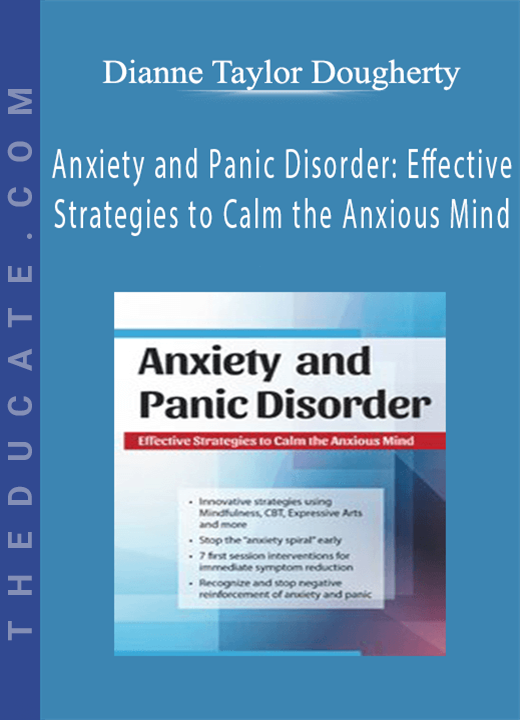


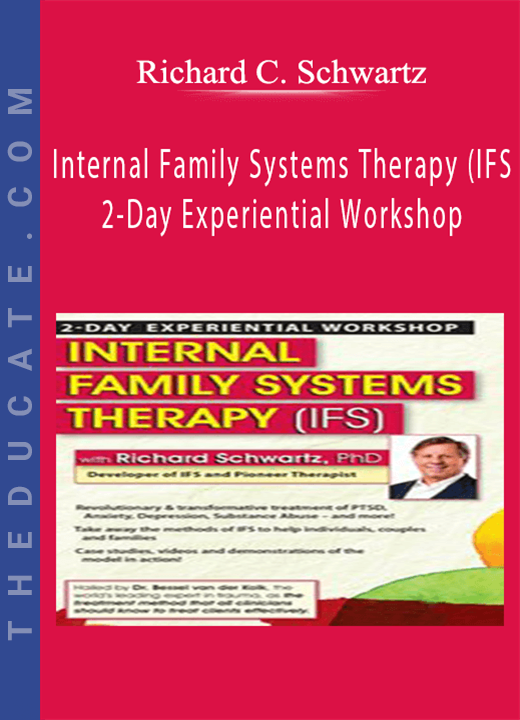
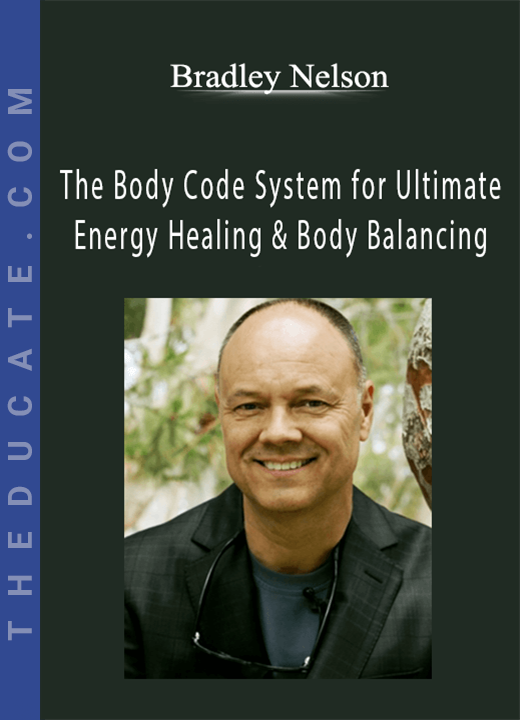
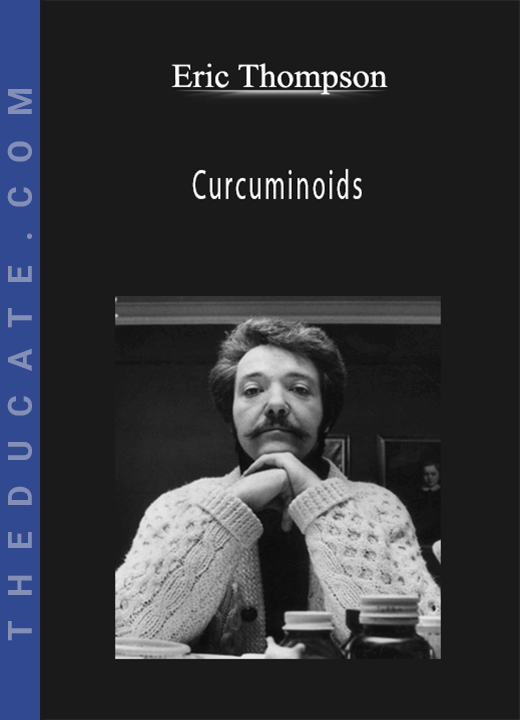
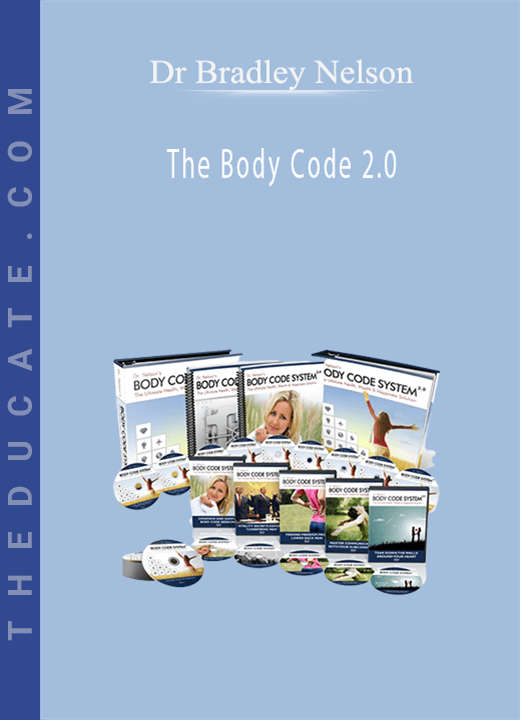
3 reviews for Anxiety and Panic Disorder: Effective Strategies to Calm the Anxious Mind – Dianne Taylor Dougherty
There are no reviews yet.